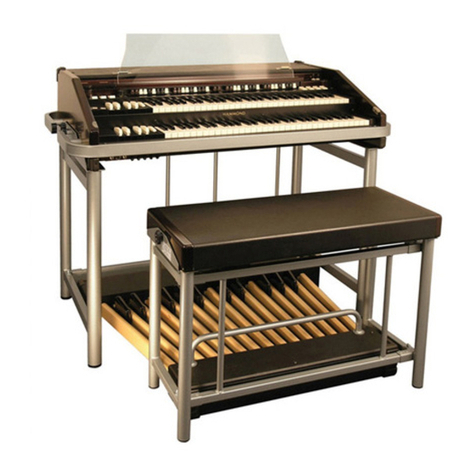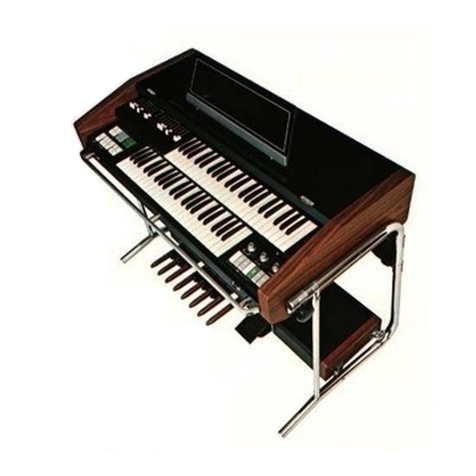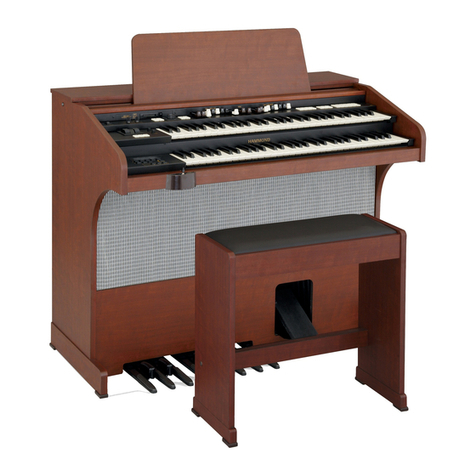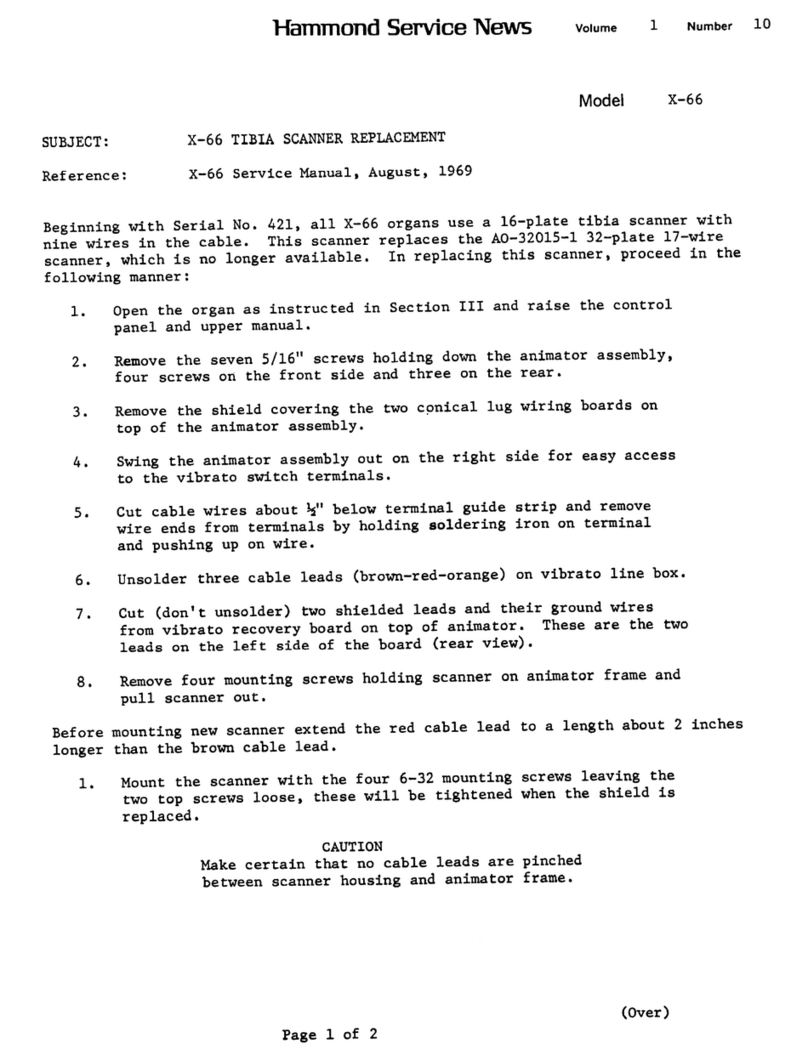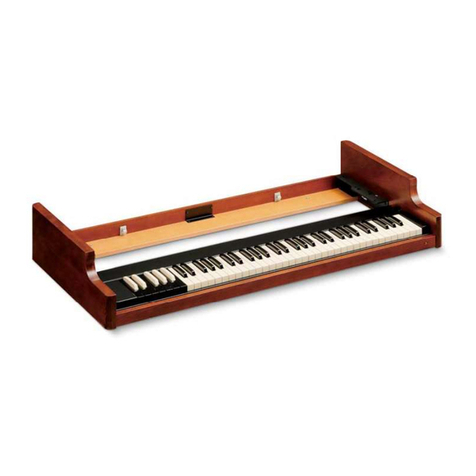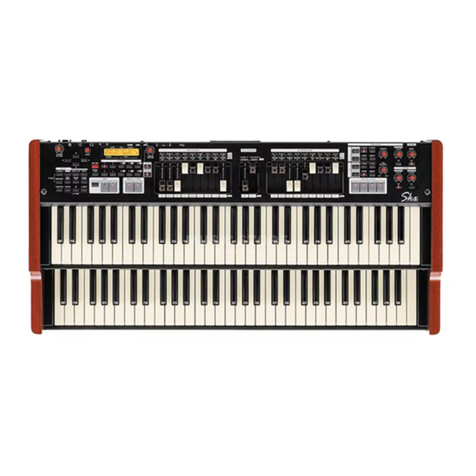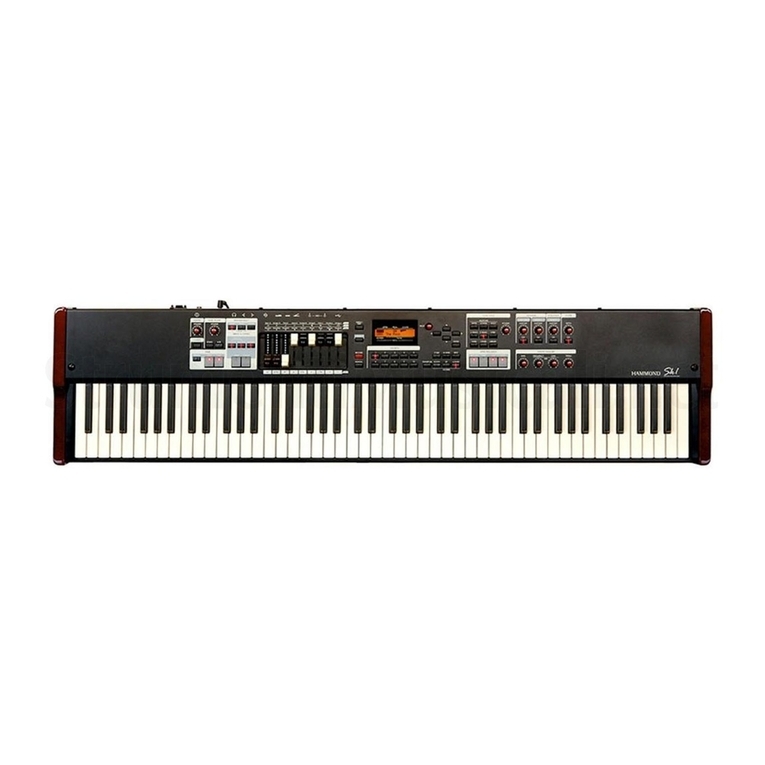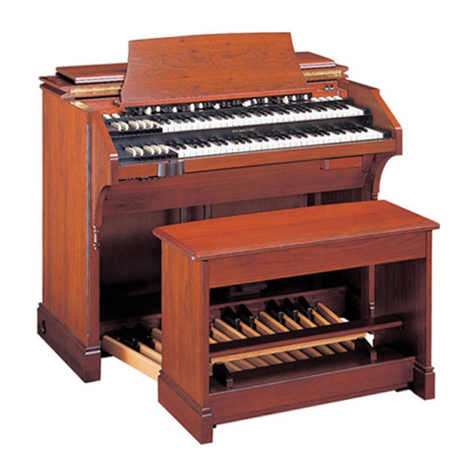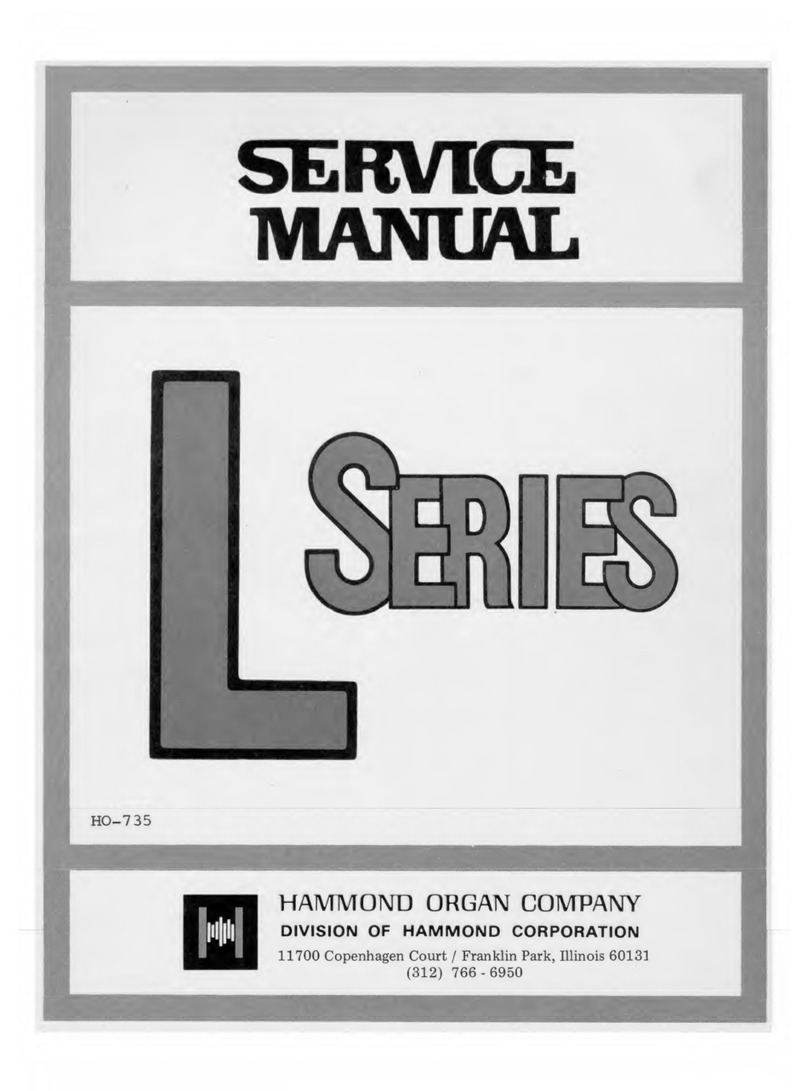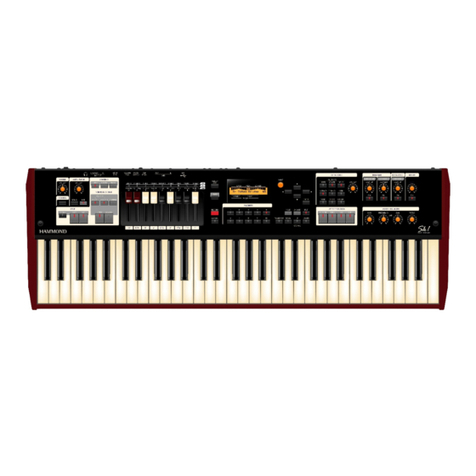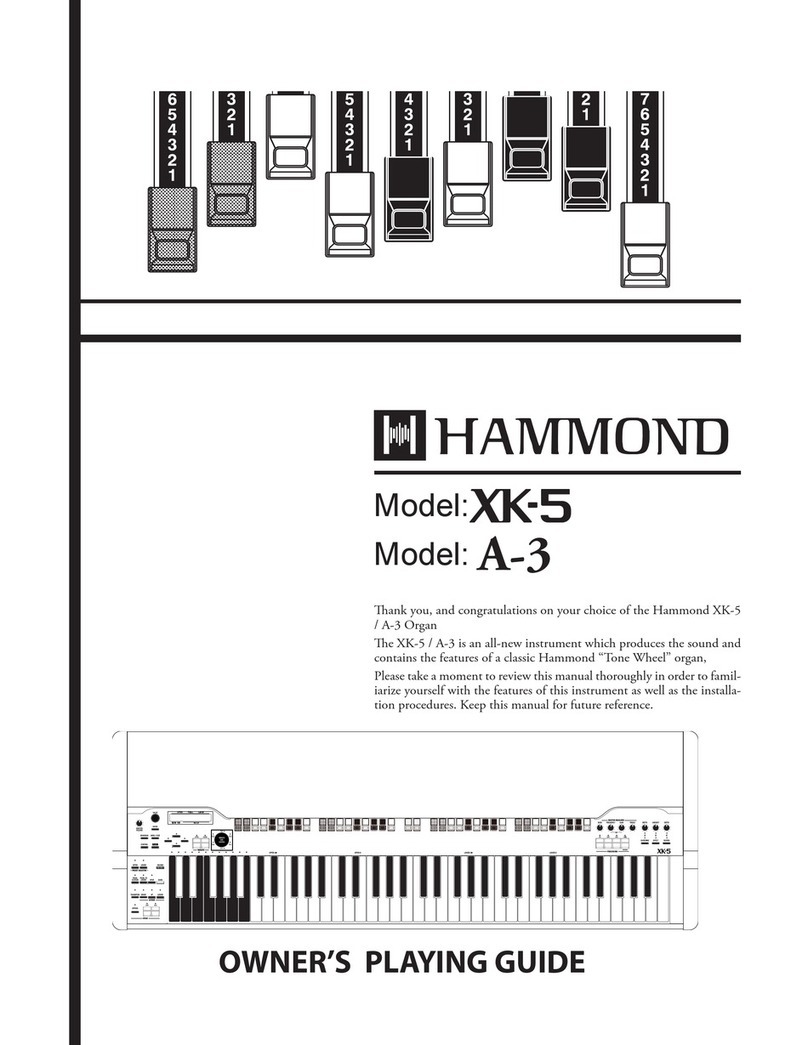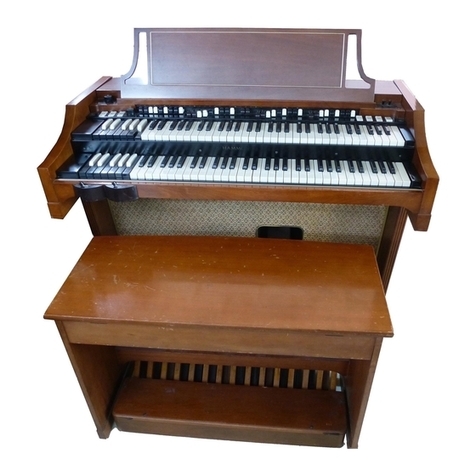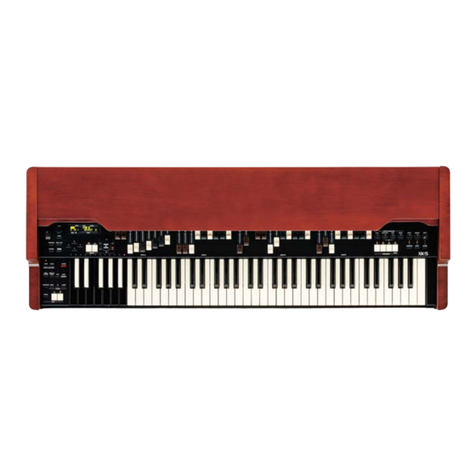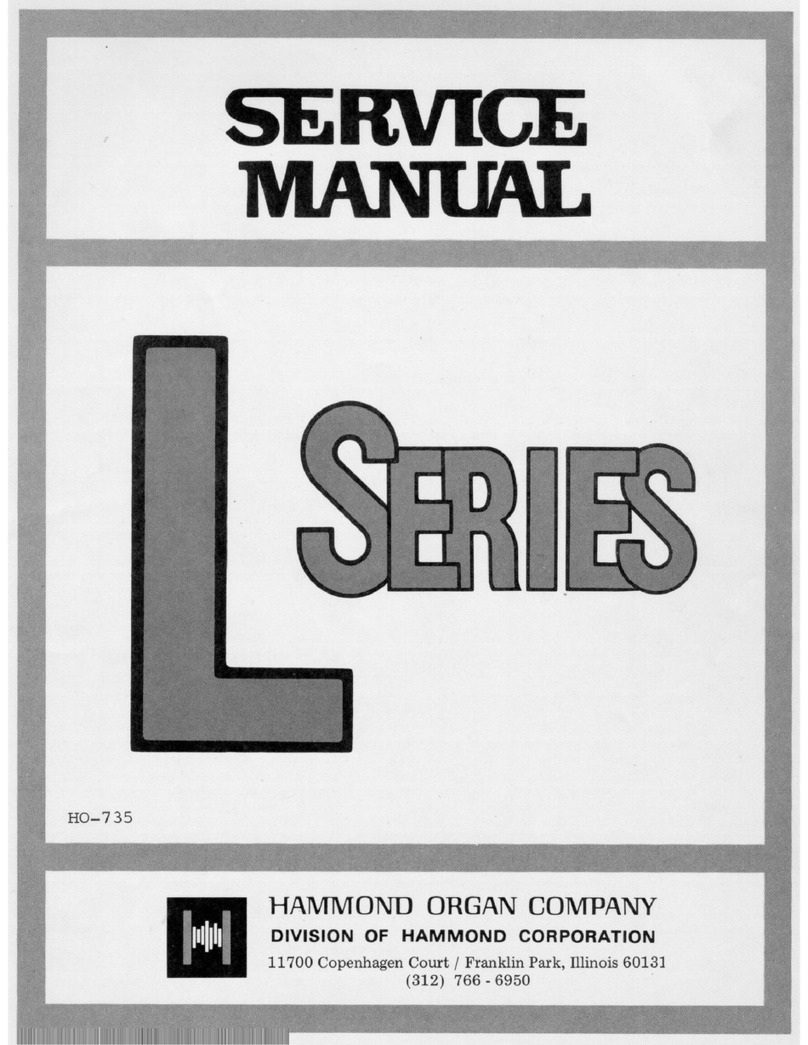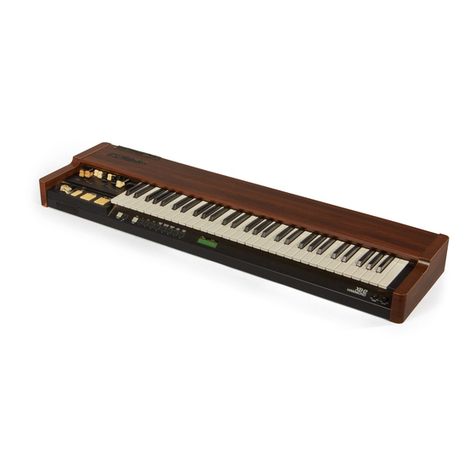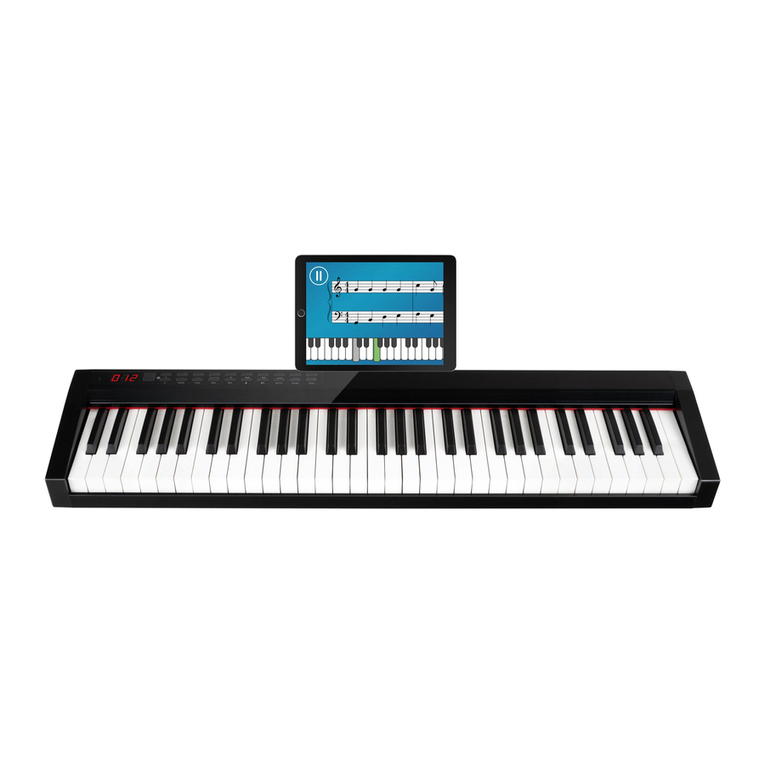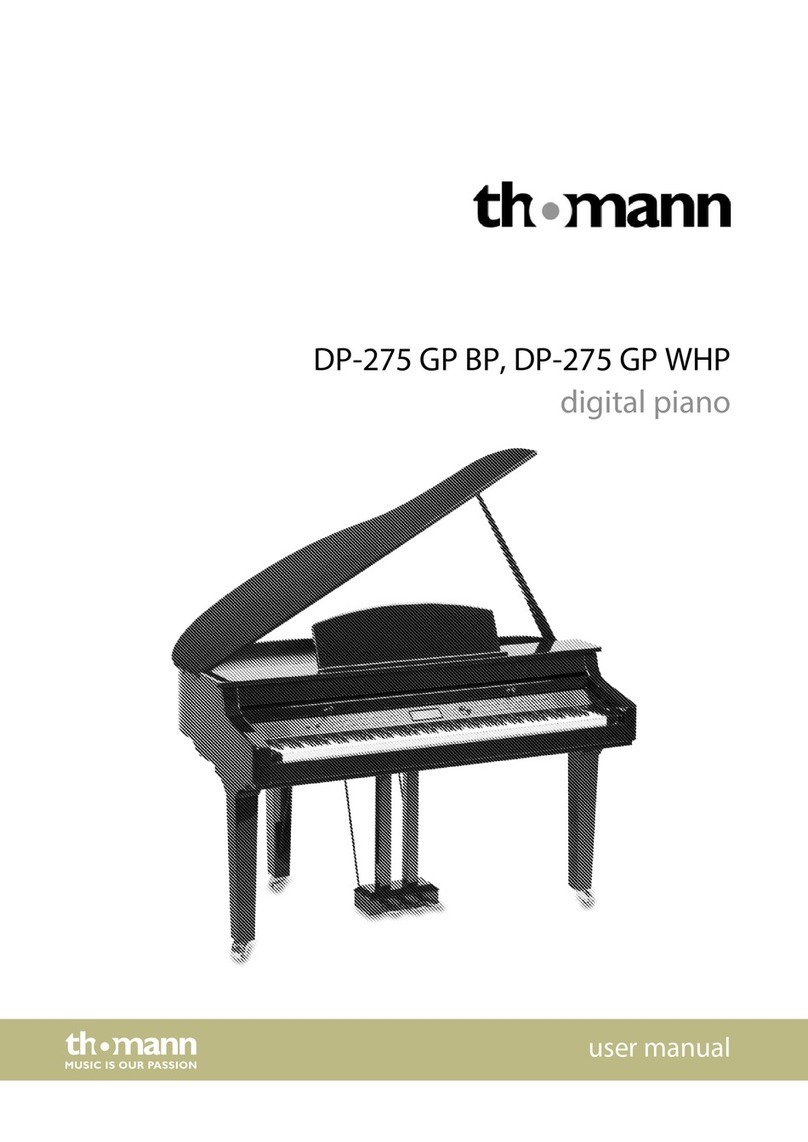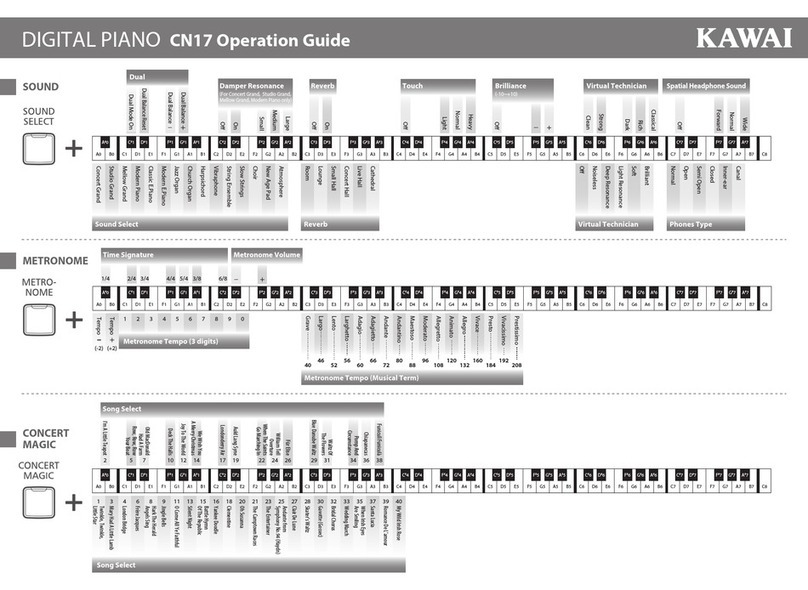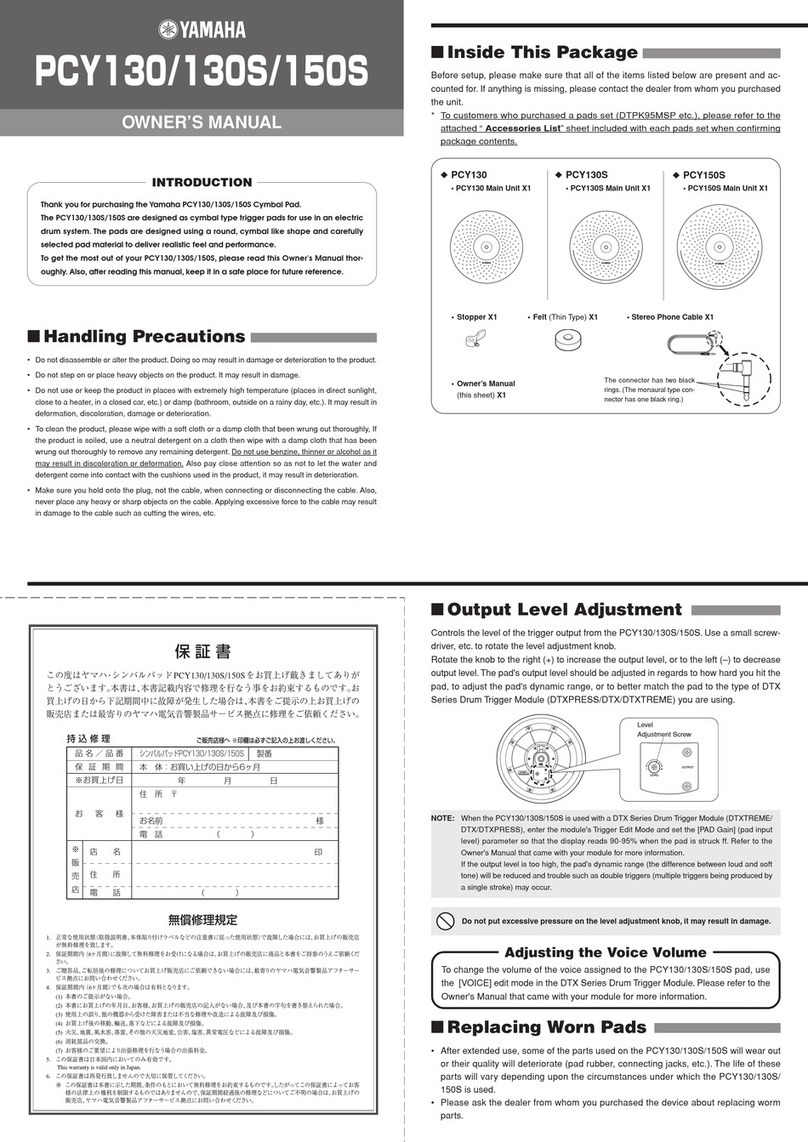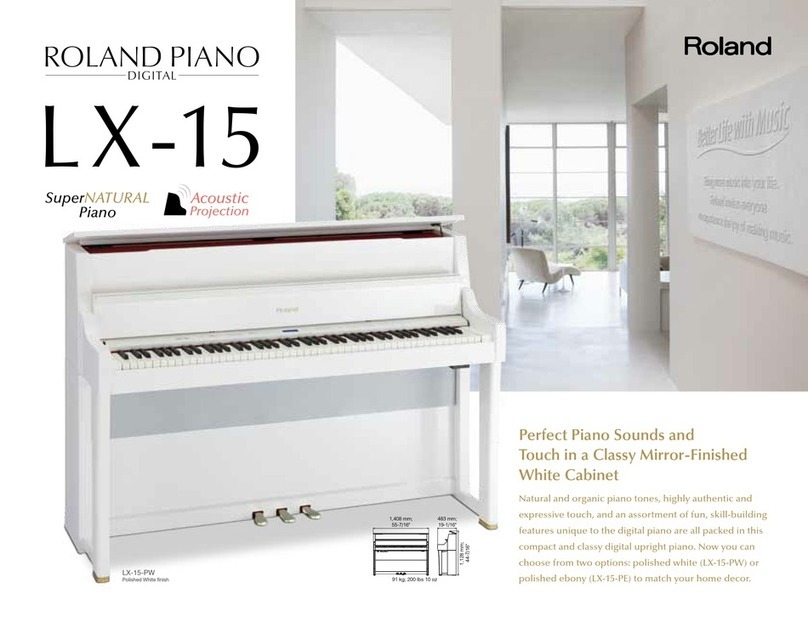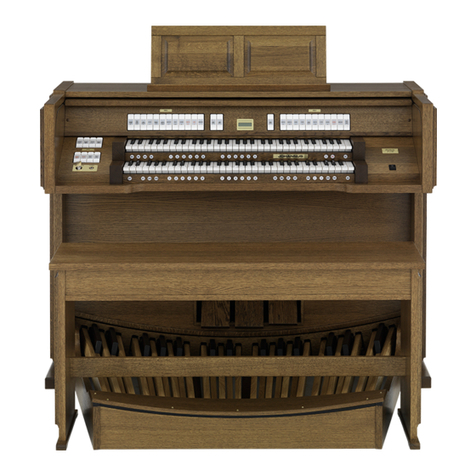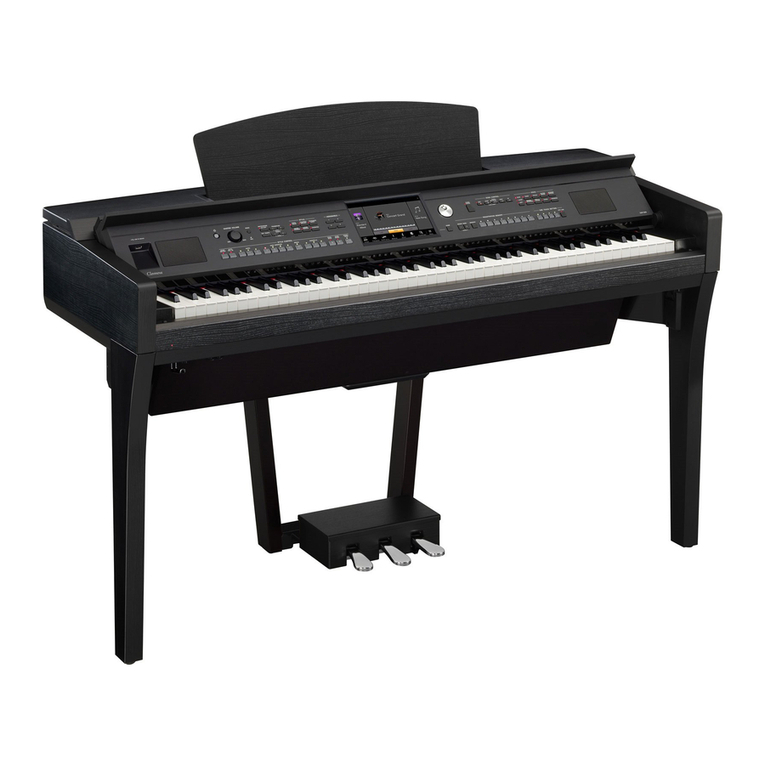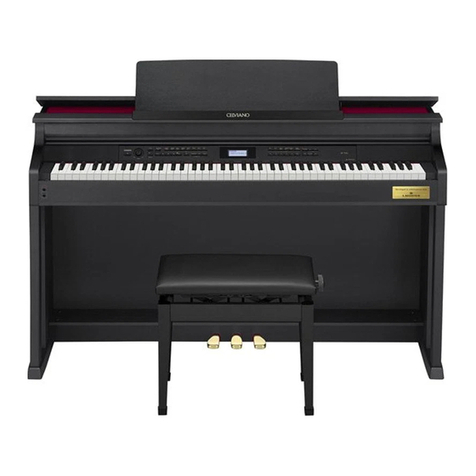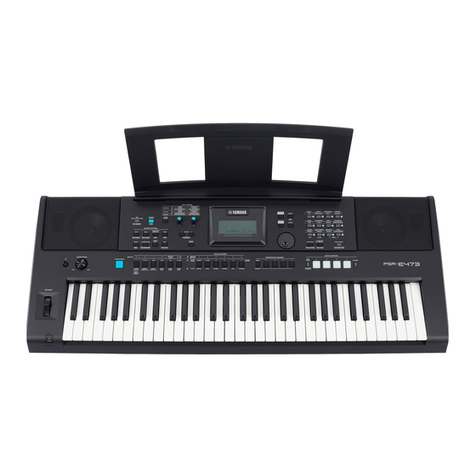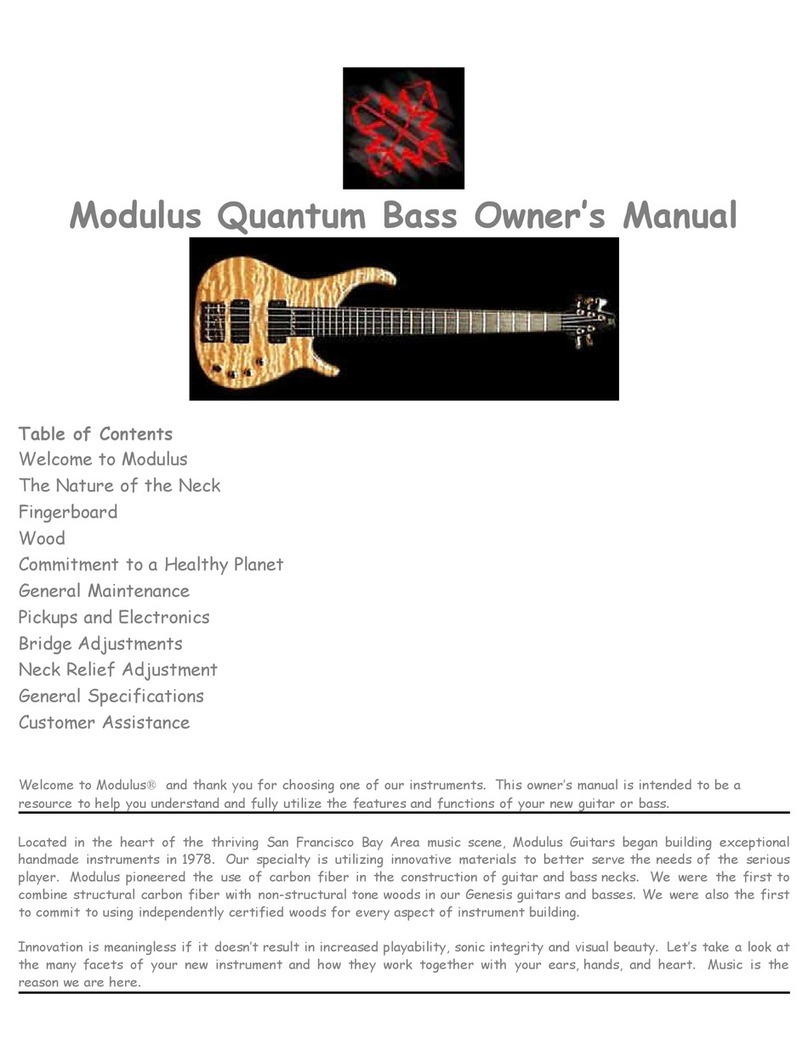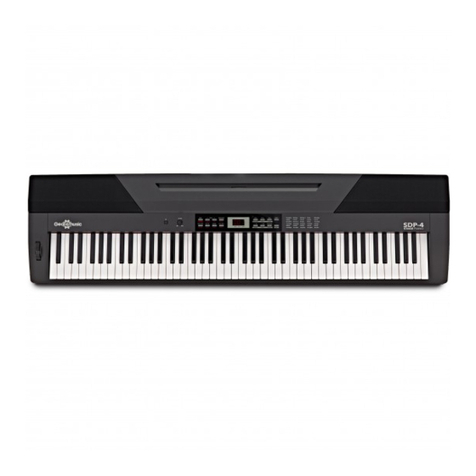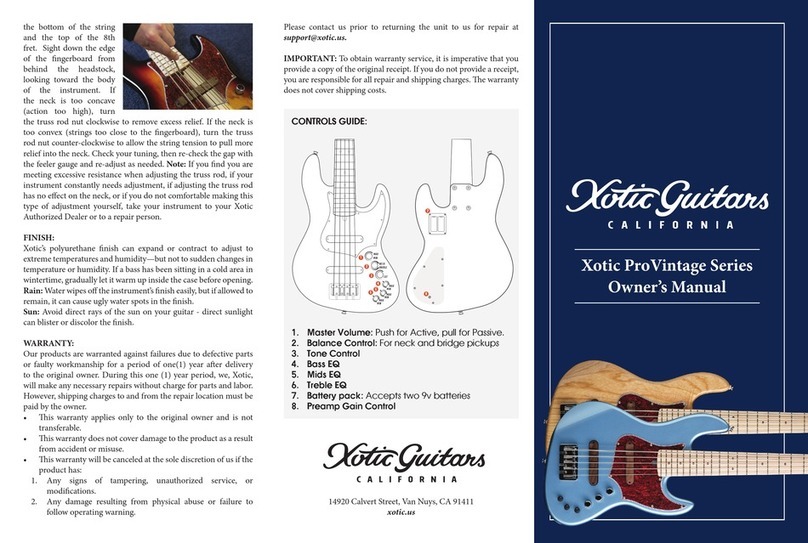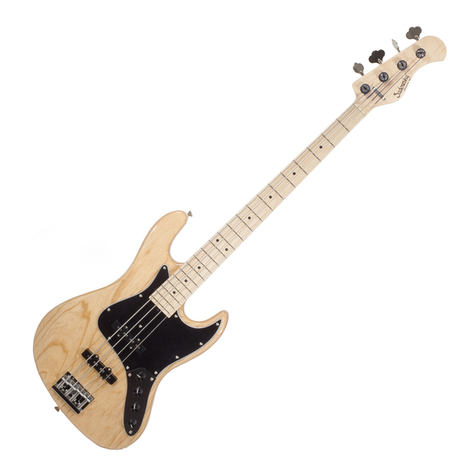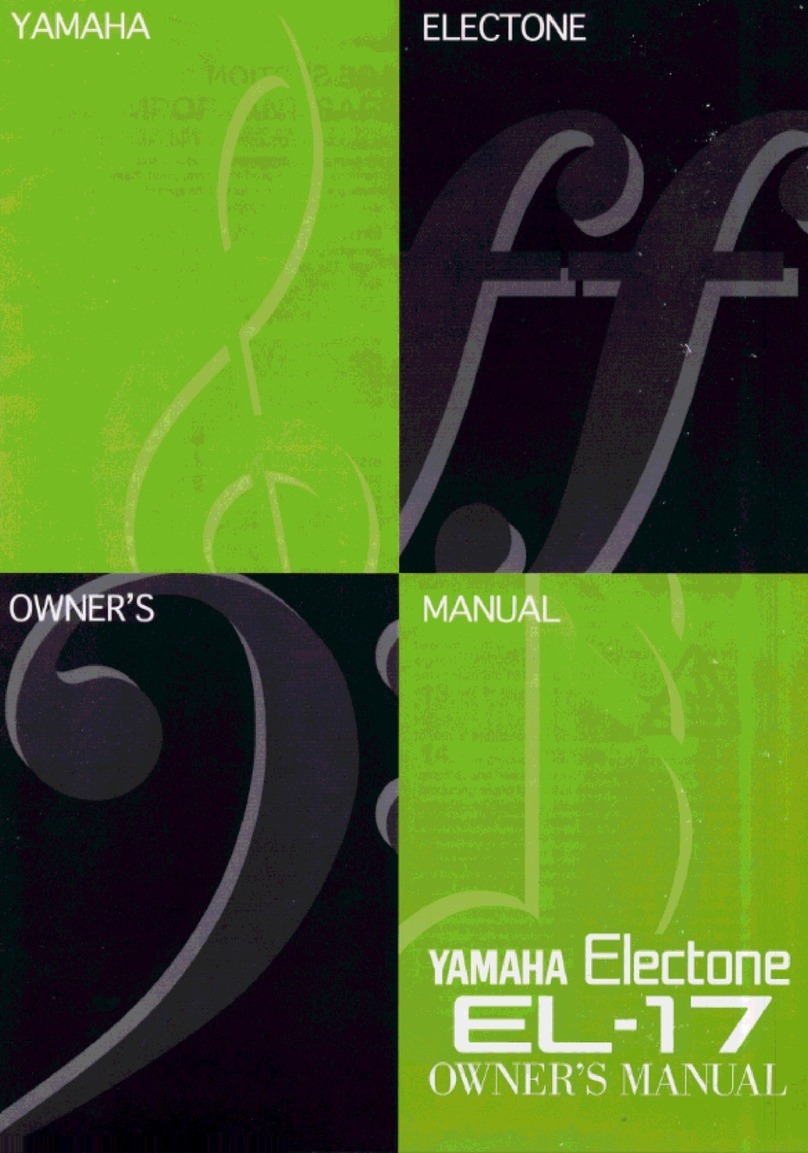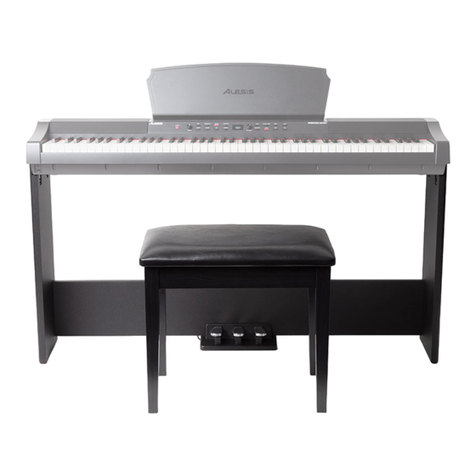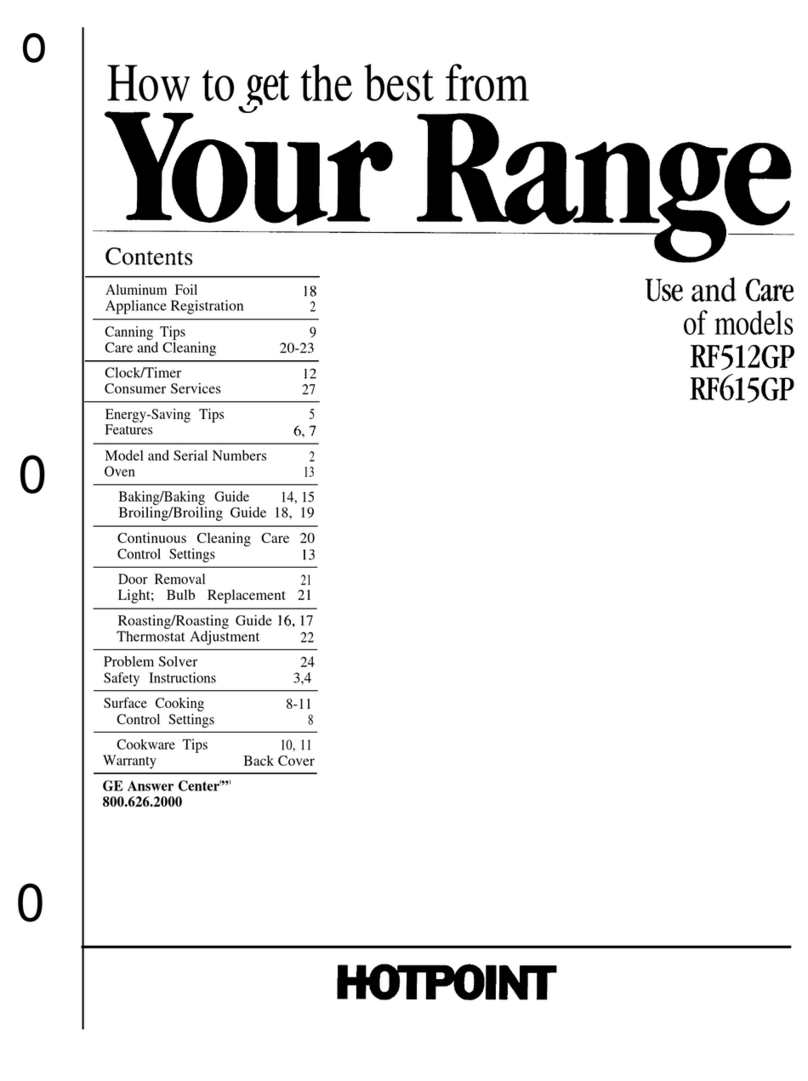PRODUCT DATASHEET
• Multiplex Synthesis Technology
•
lWo
51·Note Keyboards
25 Pedals
The
• Harmonic Tonebars
~.~
Two sets of 9 Harmonic Tonebars for
each keyboard
HAMMOND • Accents
Variable Repeat, Key Click, Percussion
Fast, Pro Chord
TM
• Poly Synthesis Percussion
Eleeante
340100
tst, 2nd, 3rd, 4th, 5th, 6th, and 8th
Hammond proudly presents the flagship of the Hammond Organ line...the
exciting new ELEGANTE.The ELEGANTE, a new four channel instrument, is
truly a unique console organ. Musical creatlvltv and professionalism are
blended in the finest tradition of "Hammond Sound"® with the latest in
distinctive features and effects.
The peerless Auto
Vari®
64 is totally enhanced with new fleXibility and control
... a new illuminated rhythm selector panel ... Hammond's exclusive Touch
Tempo'" ... a variety of original Rhythm Breaks...even the capability of
programming the variation possibilities in limitless combinations.
r--
This exclusive new console features the famous "Hammond Tonebar Sound:'
Hammond's exclusive Melody
Maker,TM
nine deluxe preset pistons,
Hammond's Fascinating
Fingers™
and even a deluxe Easy Play division.
Truly an instrument with unmatched versatility and dependable performance
...
the
ELE~ANTE
by Hammond III
2&"
tl.
...?~
'de
h
-
/'"
..........
'C'Copyright 1980Hammond Organ Company,A Division of the Marmon Group of Companies
Harmonics, Vibraharp, Twin Mallet
Marimba, and Chime Solo
• Brite Percussion
Dual Voice, Pizzicato, Banjo, Harpsichord,
Honky Tonk Piano, Piano, and Solo Piano
• Upper Manual Voices
Tuba 16;Post Horn 8: Kinura 8; Diapason
8; Violin 4'
• Lower Manual Voices
Diapason 8; Horn 8; Violina 4'
• Pedals
16'and 8' Tonebars, Pedal Sustain
(variable), Bass GUitar,Pedal Mute, Lower
to Pedal
• Easy Play Group
Variable Bass Walk, Memory,
Note·A-ChordTMO
ne Finger Chords
• Autochord@
•
Auto
Varl@
64
16rhythms each with four programmable
variations, Measure Selector, Tempo
Selector, Volume Selector,Touch
Tempo~
Rhythm Break,
ContinuousfTouch Start, Foot Switch
Reset
• Follow-The·Player·Rhythms
Bass Drum, Cymbal, Brush,
Snare Drum
• Animation
Leslie Upper, Leslie Lower,Leslie Reverb,
Leslie Chorale, Vibrato On, Vibrato Small,
Delayed Vibrato
• Variable Reverb
• Brilliance, Volume Soft
• Philharmonic Strings™
Each manual features 16:8; and 4'
Strings, Variable Attack, Variable Sustain,
and Variable Volume
• Fasclnatln!il Fingers
Patterns: Zig, Single, Up/Down, Strum
Voices: Piano, Zither, Banjo, Cancel,
Variable Volume
• Pro
Foot™
Piano Solo, Dual Voice, Leslie Speed,
Rhythm Break, Rhythm Fade
• Sustain
Variable Upper Manual, Variable Lower
Manual, Variable Pedal
• Piston Presets
Nine illuminated presets to register the
entire organ
• Preset Keys
Eleven reverse preset keys to control
flexibility of upper and lower manuals
and tonebars
• Headphone Jack
• Speakers
One
15,"
Two 8:' One 6'12" speaker
One 6" x 9" Leslie Rotosonic
• Power Amplifiers
2-35
Watt,
2-10
Watt
• Dimensions
53'12"L,
51%"
H (music rack up),
~8]/."
D
• Weight
441
pounds, including pedals and bench
2000 HOC
HOOO-D07816
Printed in U.S.A.
Hammond Organ Company reserves the right to change prices, specifications, designs,
modelid
discontinue without notice or liability.
r-----

